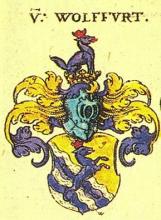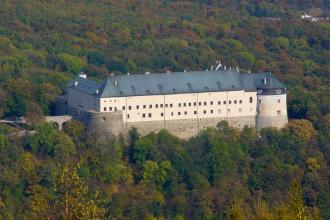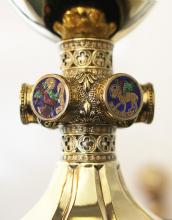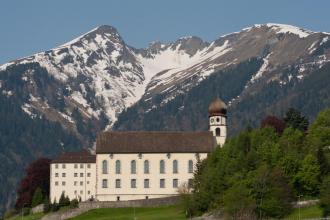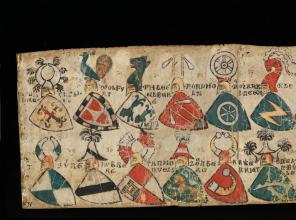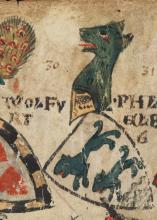
The histories of the Wolfurts all claim that they descended from a Mc Decor family from Scotland but I could not find any original source for this story. Nor could I find any record of a Mc Decor or Decor family in Scotland. So I thought perhaps it was a mispelling of a name. It had to be a name that wasn't "Wolf" but was associated with a wolf and one that was not too dissimilar to Decor. It seemed like too much of a longshot to find. But just out of curiosity I looked at a list of Scottish clan names on Wikipedia and the first name that struck me was "Dewar." So I clicked on that name and, amazingly enough, here is what Wikipedia had to say about the Clan Dewar:
"As with many Scottish clans a legend exists to demonstrate physical prowess:
There is a tradition that a savage wolf was terrorising the district around and a reward was offered to the man who would despatch the beast. Dewar is said to have achieved this and received his bounty."
I wasn't sure about the connection until I found this from a German history of the family: "The Lords of Wolfurt first appear in 1219. A local historiean of Wolfurt, Siegfried Heim, traced the name back to a Scottish knight named M'Dewr the Wolf who recieved the castle (Wolfurt Castle) from Emperor Barbarossa as a fief.
In the 14th century the family of Wolfurt knights owned , in addition to the ancestral castle in Wolfurt ten other castles in southern Germany, nine in Hungary and one in Italy (Guglionesi). About 100 years later - in the first half of the 15th century - the clan of the noble von Wolfurt disappeared."
